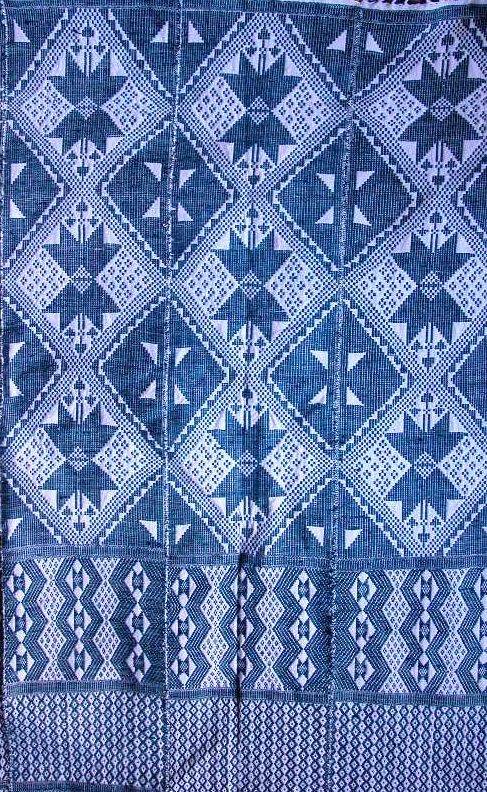African retentions in Cape Verdean Culture & Language
Looking into African retentions doesn’t necessarily provide a straightforward connection with ancestral origins from 1 specific ethnicity or even ancestral area. Because previously ethnic-specific cultural patterns can also be adopted by genetically unrelated people. Who in turn pass it on to following generations. Cultural transfer is something different from genetic transfer after all. Still having an overview of which cultural aspects can still be identified as ethnically specific in Cape Verdean culture might be helpful in clarifying Cape Verde’s most important African origins. In particular when combining with evidence shown on the other pages of this website.
This is not going to be an exhaustive overview. Just some of the things I am aware of. Most of them central to Cape Verde’s culture and with assumed ethnic origin within Africa being fairly certain. I intend to expand on this section in the future. But briefly this is the summary of what I will discuss:
- Crioulo language: linguists being currently in agreement that Mandinga and Wolof influences are most noticeable in Cape Verdean Creole.
- Pano textiles: closely connected with weaving technology originating from the Mandinga, Wolof, Sereer. Pano cloth being the most important export item of Cape Verde after the 1600’s this also created a demand for specialized weavers often found among these ethnicities (but not exclusively).
- Ouril board game: widely spread in West Africa and also still popular in Cape Verde; going by the etymology of the name and perhaps also game rules (?) tied specifically to Wolof/Mandinga.
- Cuscus, a traditional Cape Verdean recipe related but different from the wellknown Maghrebi dish. Judging from its preparation and utensils used closely connected with Senegalese cuisine, esp. Wolof.
- Pilon (mortar and pestle), used for pounding food in many parts of Africa, however the Cape Verdean word for the verb “to grind” (cotchi) is Mandinga derived.
- Cimboa instrument: its etymology is pointing to a Mandinga origin, although one-stringed violin-like instruments also have been described already in historical travelling reports among the Wolof.
- Bumbudo/Bombu, mothers carrying their babies on their back, again to be seen in many parts of Africa, but the Cape Verdean word for it is derived from Mandinga.


